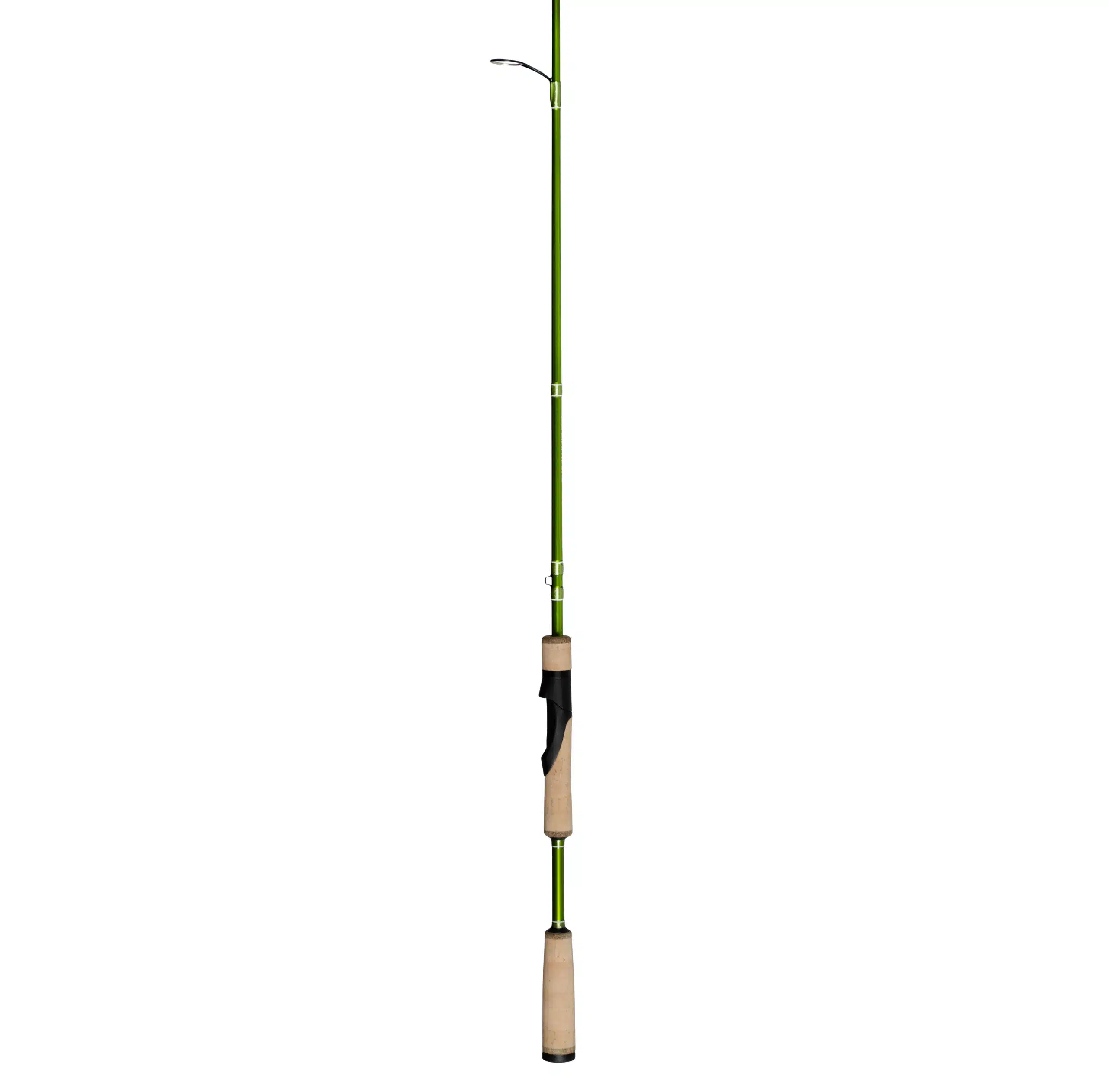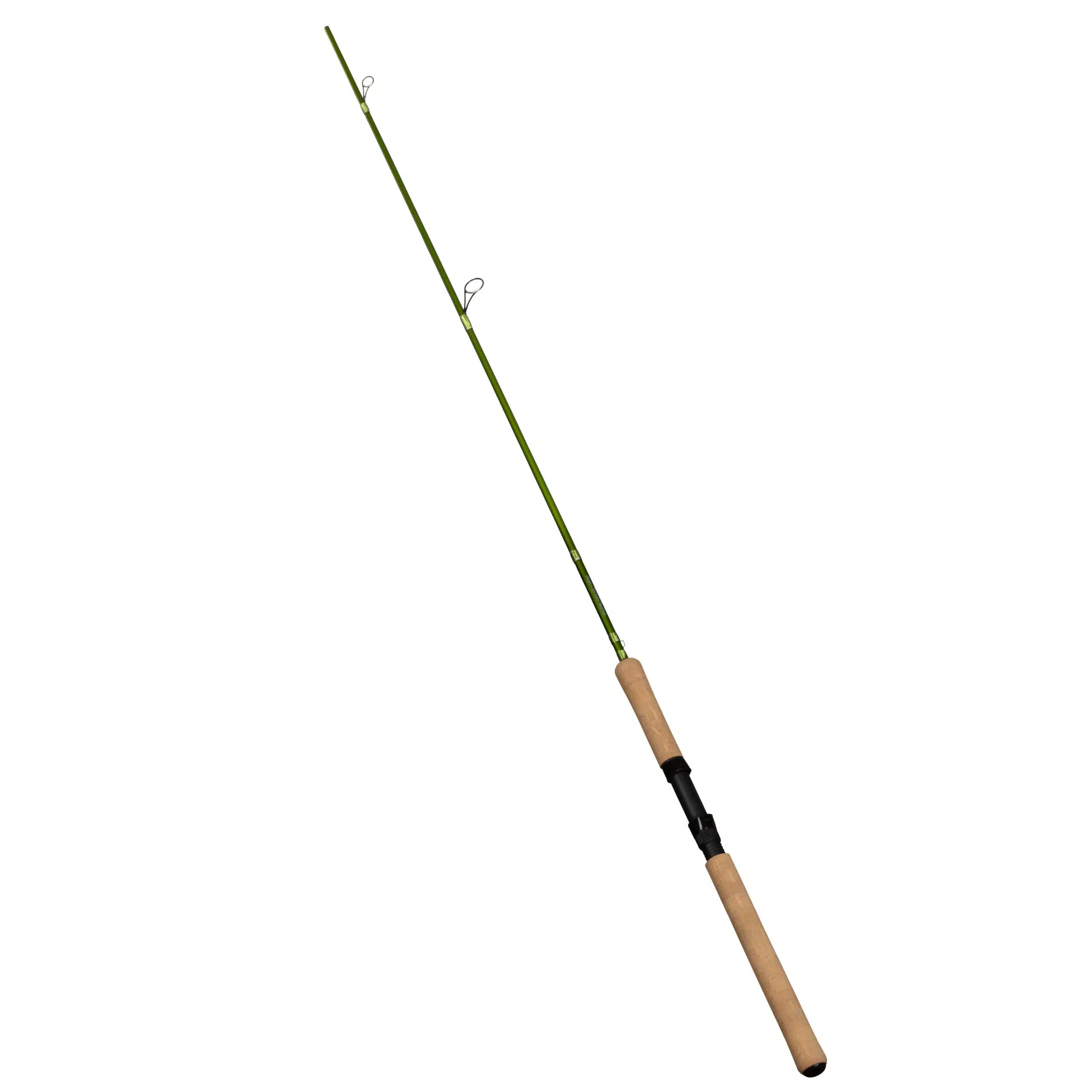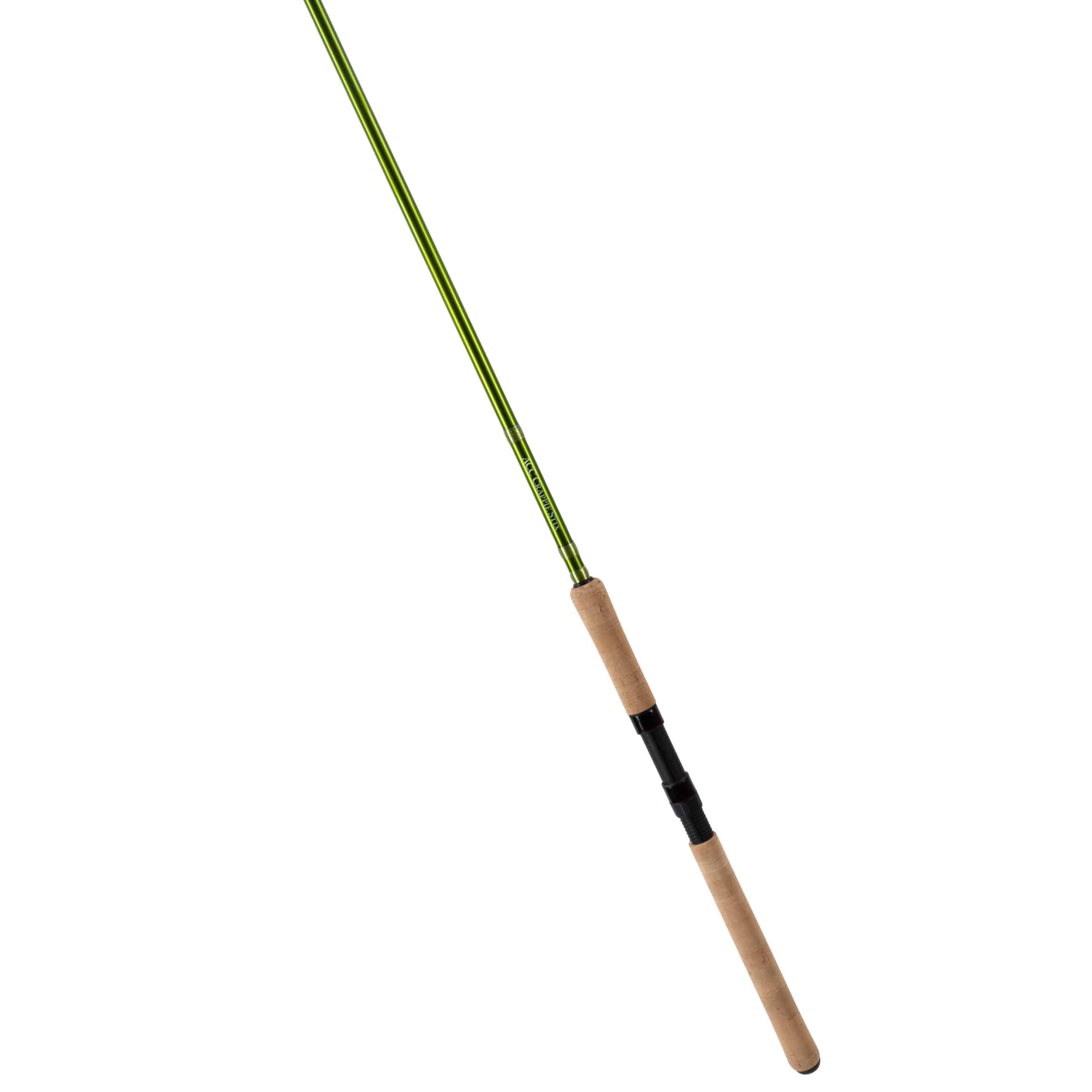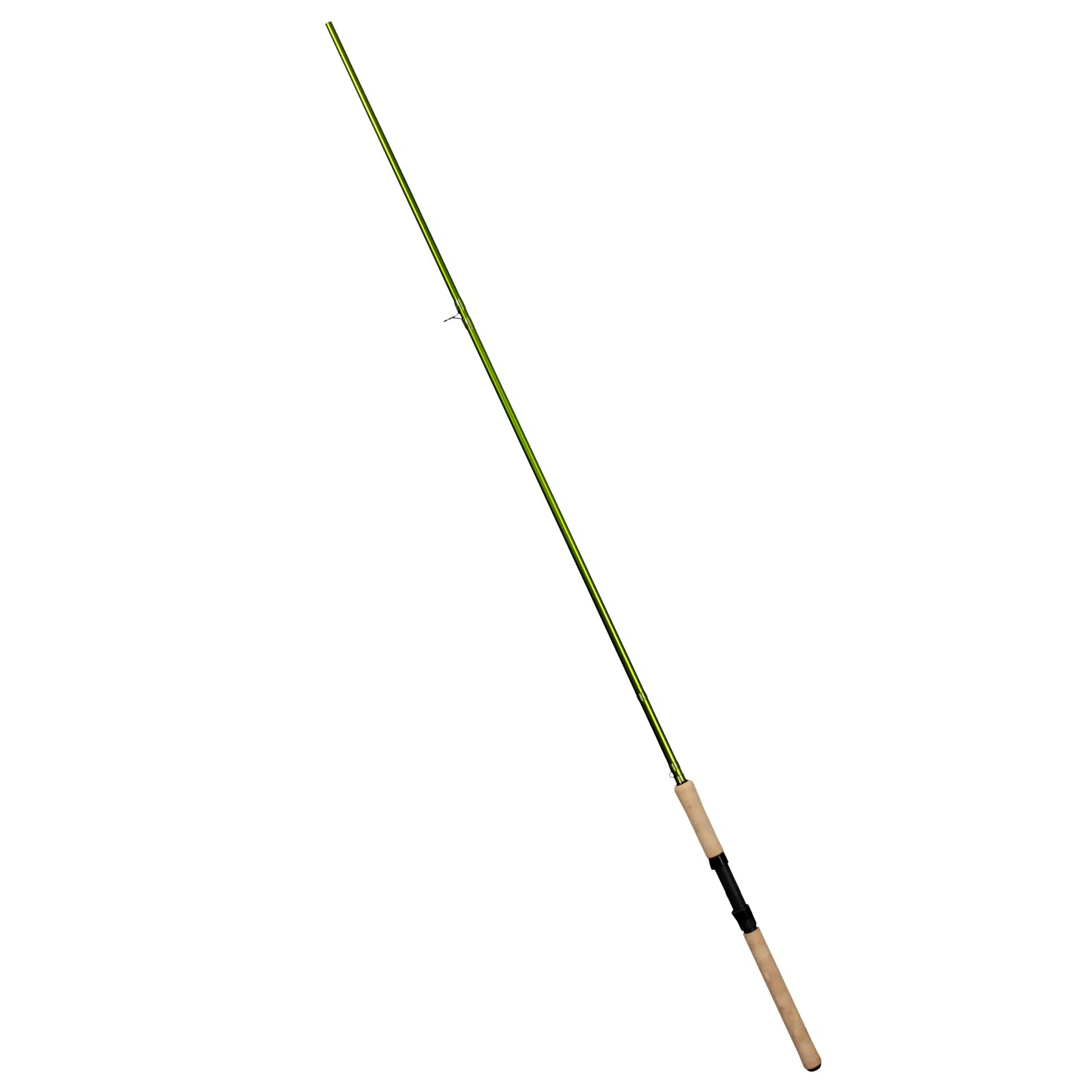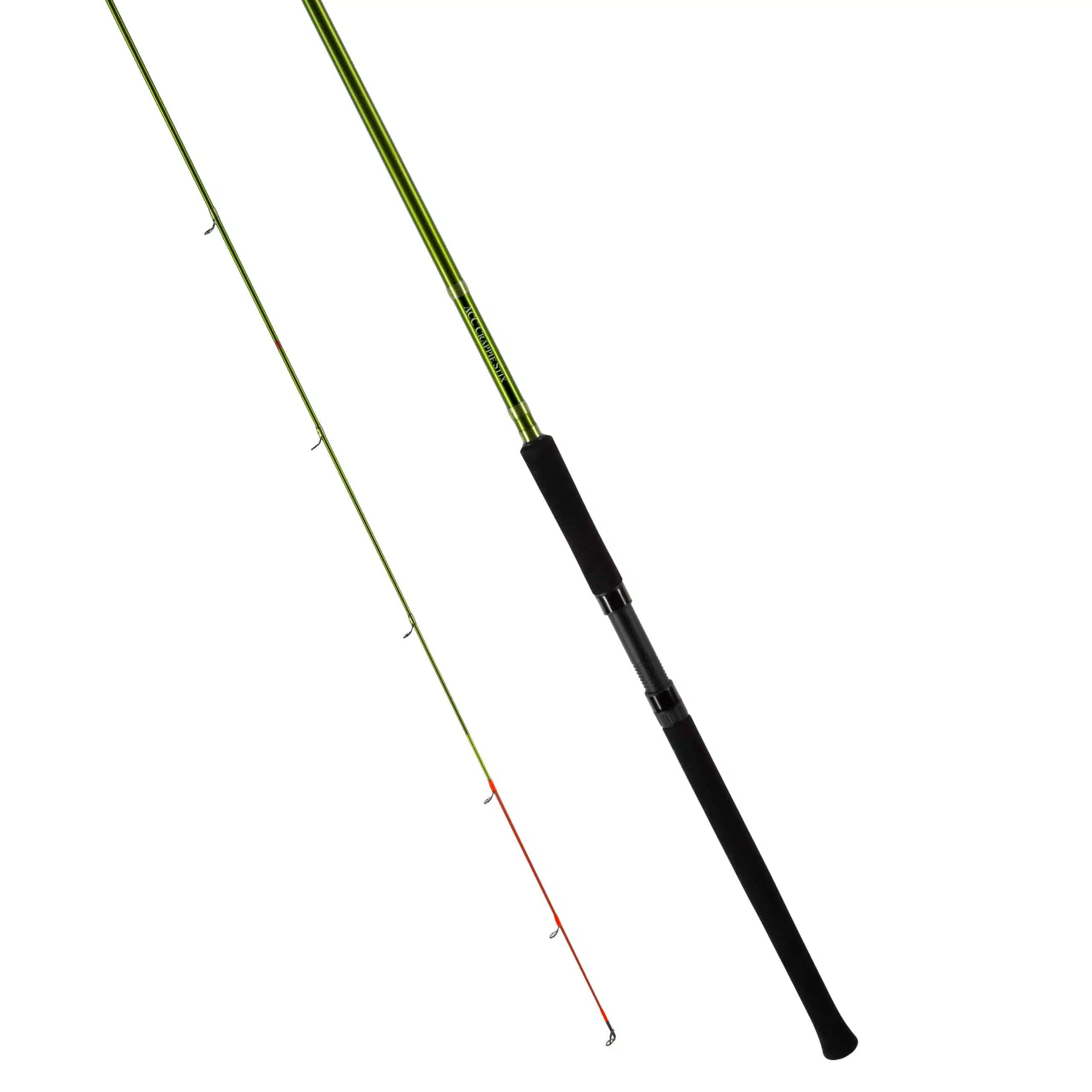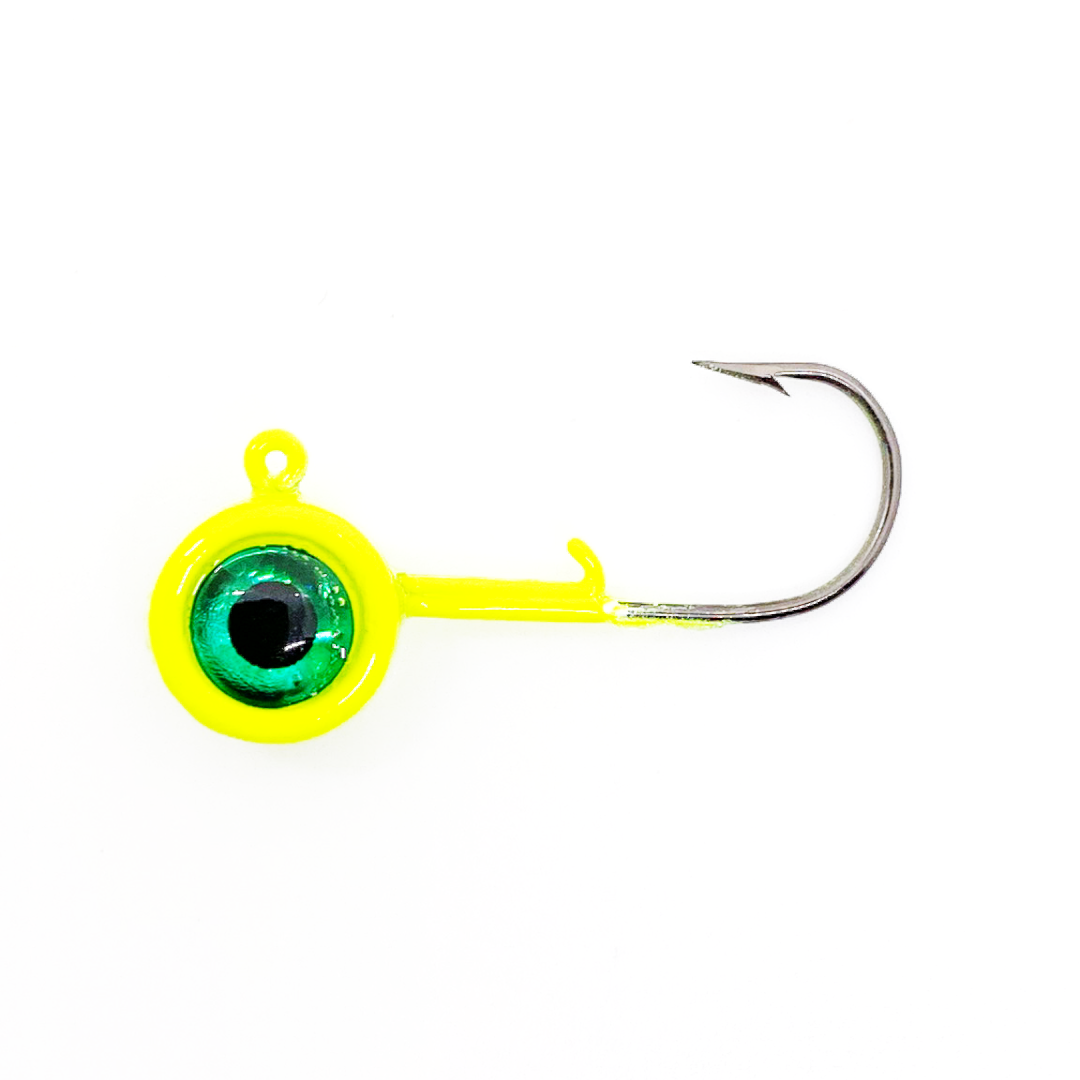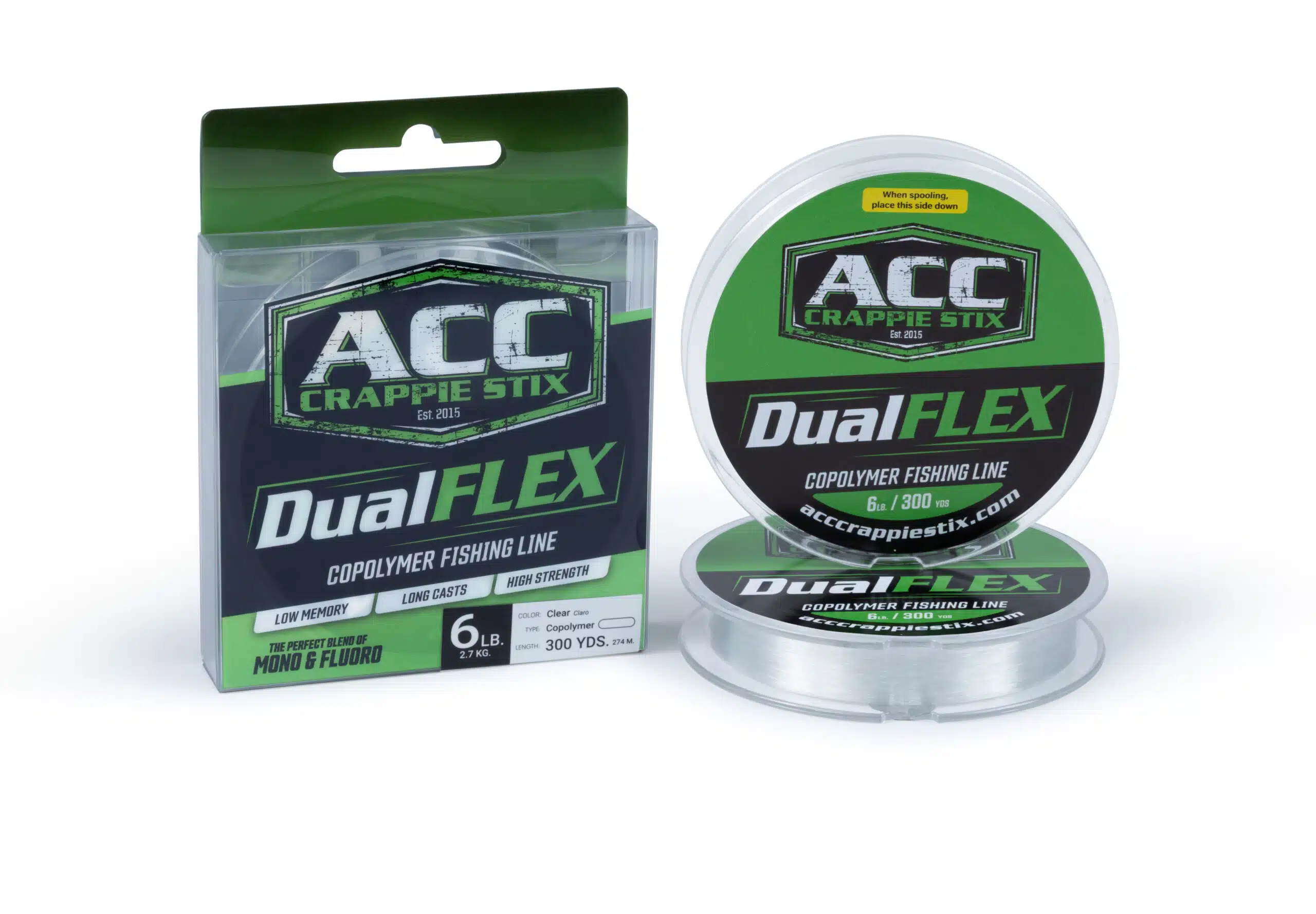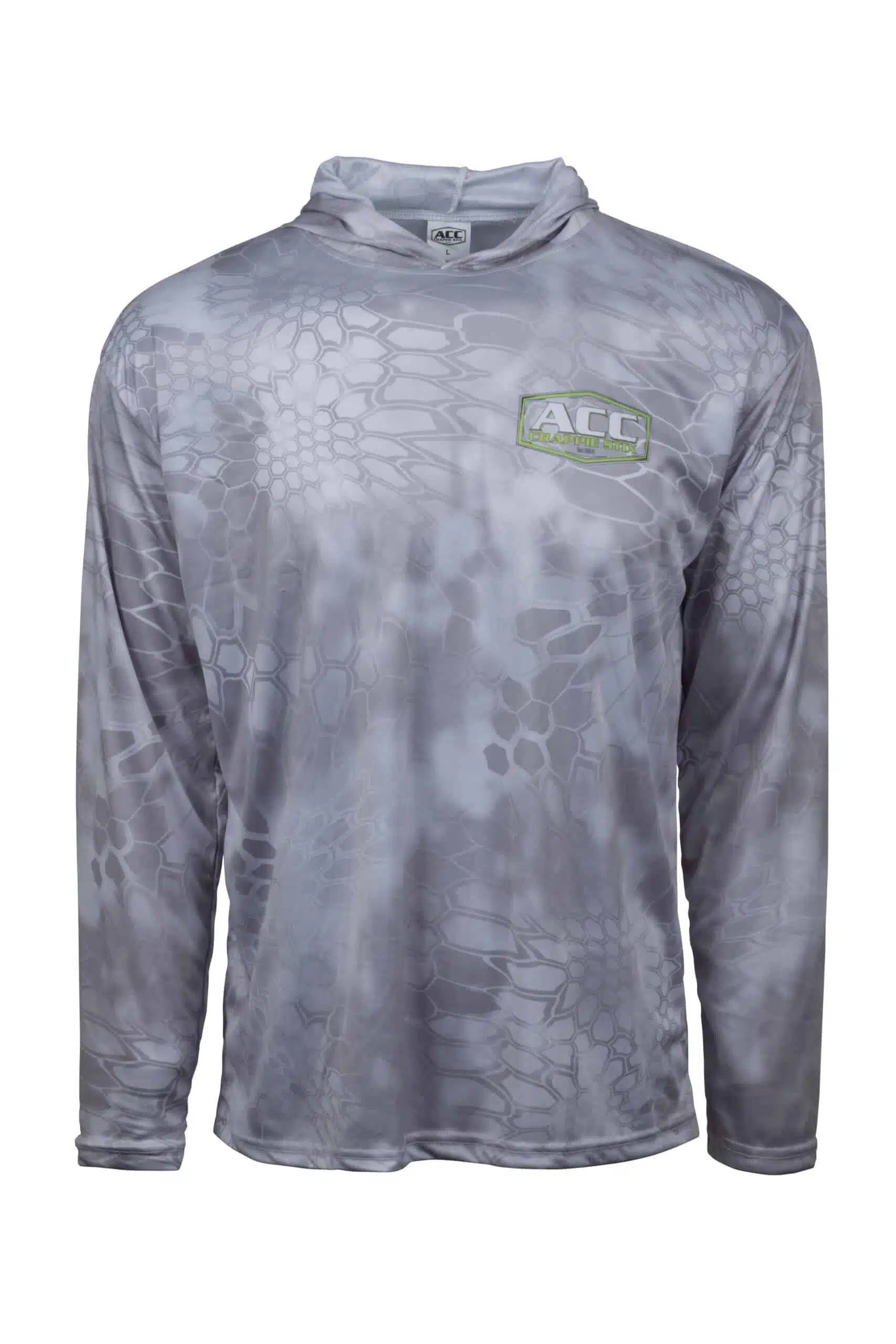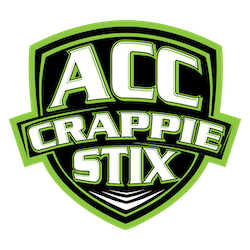Wading into Success: Expert Tips and Gear for Crappie Fishing
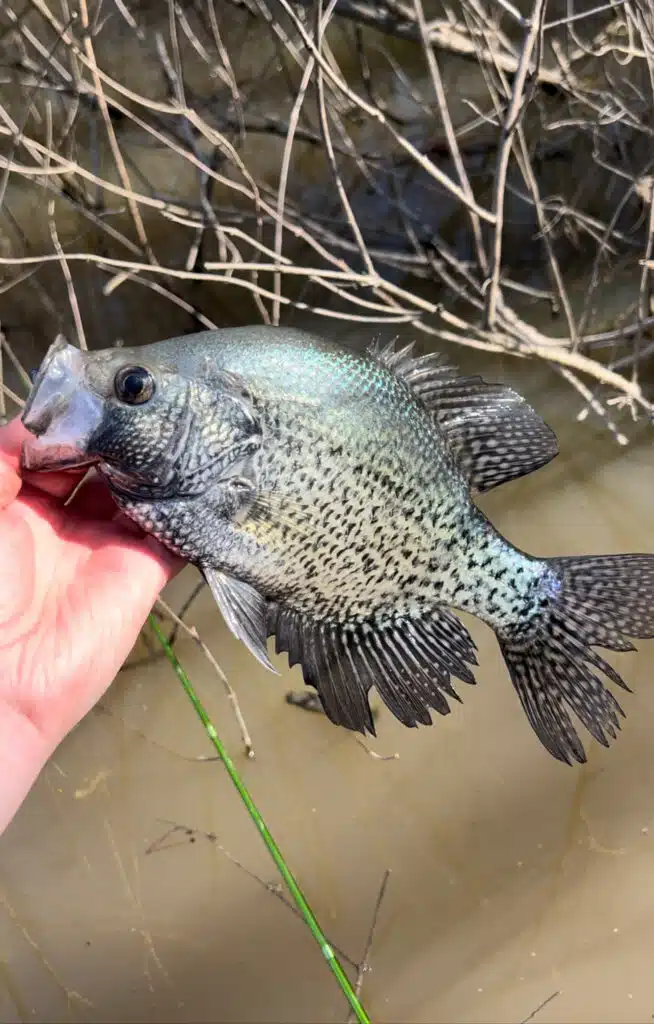
By Greg McCain
Anglers wishing to sample the joys of wade fishing for crappie need not venture far in terms of equipment.
Most fishermen, in fact, probably own adequate tackle and accessories for a successful trip. However, to increase the efficiency of wading on your local lake, consider the advice of a few members of the ACC Crappie Stx pro staff who practice the technique on a regular basis. The various models of rods offered by ACC make wading for crappie enjoyable on several levels.
(Today’s blog segment on the tackle and accessories required for the practice follows another blog article about the where and when associated with wading.)
ACC offers any number of rods conducive to wading for crappie. Most of the pro staff members favor ACC models in the 10’ or 11’ range although certain conditions might dictate a longer or shorter rod. Younger anglers, for example, might still be more comfortable fishing with one of the ACC casting rods or even the youth model.
“My favorite is the 10’ super grip,” said east Texas angler Caleb Hensley (903 Fishing on YouTube and other social media platforms). “I pair it with a ⅛ Slab City jig and a cheap flyfishing reel. The reel makes the rod even lighter. I’ve been using (the new ACC) 10-lb. braid.”
Young Mississippi guide Kelon Hall also eschews a traditional spinning reel, opting for a line-holder model that serves the purpose. It simply holds line that can be stripped for longer flips – casting is generally not required for wading – or on the retrieve (similar to stripping line in flyfishing).
“My favorite is probably the (mid-seat) 10-footer,” Kelon said. “If I’m fishing more open stuff (before the water gets back in the wooded swamps), then I might use the 11’ rear seat.”
Kelon adds that an even longer rod could be used on stump-filled flats or along channel edges, but for all-day use, the 10’ or 11’ models fill his needs well.
“You have to consider the length of rod that you can handle all day long wading around in the mud,” said Kelon (Hall’s Guide Service on Facebook or 662.316.6124). “Even the lightest rod can get heavy after wading around in the mud all day.”

Kelon pairs the rod and line-holder reel with the new ACC copolymer line, a blend of mono and flurocarbon that has received great reviews from the pro staff. The new lines – both braid and copolymer – should be available on the ACC website by early summer.
Kelon said he has used the 6- and 8-lb. copolymer while wading this spring.
“It doesn’t curl up like some lines will,” he said. “Especially when you’re using that light tackle, it will curl up on you and cause kinks. (The ACC line has) been good for me so far.”
Caleb said the braided line by ACC has served him well so far. He ties his jig directly to the braid without a leader.
One of the positive characteristics of wading for crappie is the need, actually the lack thereof, for accessories. A bag or box of jigs in a couple of sizes – 1/16 and 1/8 are probably the most popular – pliers, and some type of stringer or net to hold fish is just about all that is necessary.
Caleb brings along his Thump Net, a THUMP GEL product, to keep his fish secure, while others use a more traditional metal or rope stringer. Caleb also added that waders are normally a requirement due to the relatively cool early-season water temps, suggesting that a good pair of waders do not have to break the bank.
Once an angler determines the tackle and accessories needed for wading, the presentations are simple as well. When the water levels reach full pool, Kelon wades deep into the swamps on Mississippi lakes like Grenada and Sardis. The water is generally 1’ to 3’ deep.
“Fishing the buck brush can be a little frustrating at times,” Kelon said, “because you’re going to lose fish. But the crappie love to hold in it.”
Cypress trees, those with plenty of vines hanging down and knees extending from the base, are Kelon’s favorite targets. The crappie spawn around the base of the cypress trees with the males hanging around the beds for extended periods.
“I like to drop a jig down there around the base of a cypress and feel the thump,” Kelon said.
Later he added, “I start with fishing the edges and then continue dissecting it. By the end, I will be sticking my rod into it.”
To penetrate buck brush or cypress trees with vines hanging down, Kelon pulls his jig to the rod tip and pushes into the heaviest cover.
“Slowly drop it down, still holding on to my line,” said Kelon, adding that he pulls back on the line to set the hook once a strike is detected.
Later in the wading season, which typically extends into May, he brings minnows along, better to tempt the pressured fish still in the swamps.
Before the water comes up to full pool, Kelon fishes stump-filled flats and grass, dropping a jig around the stumps and into holes in the grass. He said local lakes like Sardis are filled with grass after an extended growing season early in the year.
In east Texas, Caleb typically wades the north ends of the lakes and pinpoints crappie around buckbrush on points. His basic advice goes beyond fishing: Go slow both to increase the number of bites and also for safety purposes.
“If you go 20 or 30 yards without catching one, slow down,” he said. “You find one, there’s probably two. If there’s two, there’s probably three, etc. Slow down and fish that area really well.”
ACC Crappie Stix owner Andy Lehman views the simplicity of wading as its greatest attribute.
“It’s everything fishing is supposed to be,” he said. “It’s not just fishing. It’s enjoying nature and becoming a part of it, no boats, no LiveScope, no accessories, just fishing in a very natural state.”
Kelon seconded that idea.
“If you’ve never tried it, it’s something you need to do at least one time,” he said. “It’s definitely my favorite way to fish, just being able to get in the water and being able to fish that thicker cover.

